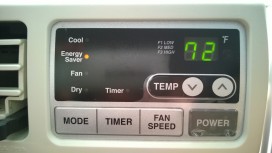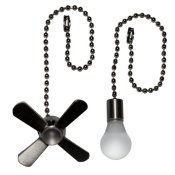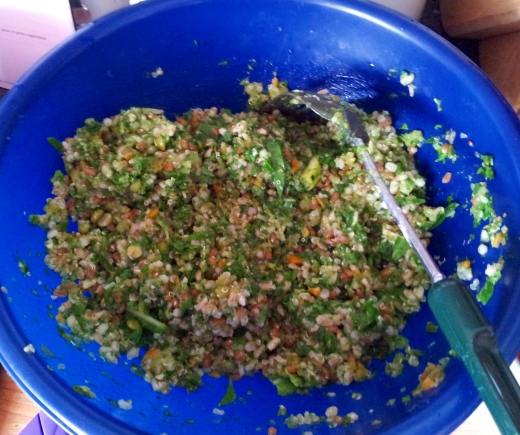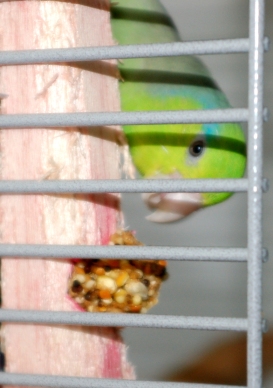Shortly after spring, summertime commences and with it, the heat! Walk in to your local hardware or electronics store and I am sure you will see air conditioners and fans flying off the shelves. Many parrot owners believe in the myth that you must keep your birds acclimated at balmy temperatures upwards of 75 and 80 degrees!
While many tropical bird species do seem to weather such warm temps without a problem, in my personal experience they also do just fine with slightly cooler temps, anywhere from the low 60’s to mid 70’s (Fahrenheit). So, do not feel like you have to suffer this summer due to your tropical pets, but do be diligent with your safety precautions around the house.
For starters, make sure any air conditioners you own are checked out for any defects such as chewed or broken wires. Air conditioners should also be thoroughly cleaned out and air filters replaced (preferably annually). Placement of your air conditioner is also a big concern around birds; make sure not to blow cold air directly on or near any cages or bird play areas.
The air conditioners I use in my own home are the typical window kind, fairly new models with HEPA air filters and multiple controls so I can maintain a pre-set temperature. This auto button pre-set is ideal for homes with pets such as birds. You can set your AC to 70 degrees, for example, and the AC will automatically turn on and off to maintain the pre-set temperature. This is also much more energy efficient!
Fans also pose a large danger to birds of all sizes. Even large, inquisitive parrots can get toes, feet, wings or beaks caught in moving fan blades. Ceiling fans are also very dangerous if birds are left out of their cages. Be sure not to leave your fans on while birds are out in the same room, and be sure to label your ceiling fan pull chains!
ACs and fans are two of the biggest dangers this summer, but don’t forget about the extreme heat, either! Ice cubes in water bowls and cold fruit in moderation make a great treat and provide your bird with something cool if it’s getting too hot for them and if you do not have the luxury of an air conditioner. If you bring your bird outdoors to enjoy the weather, make sure they are safely in a travel carrier and not near any pools or deep bodies of water. Also, moving your bird from a sunny room in the house to a shady one during the worst heat of the day can also help prevent overheating.
Your bird will love this warmer, sunnier part of the year (especially us New Englanders!) but make sure they always have access to fresh water and shade. Hopefully these tips will help keep you and your birds safe and cool this summer, so enjoy the sun!
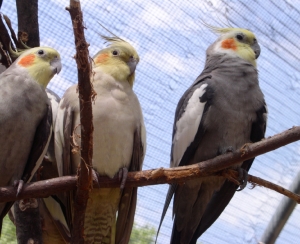
Make sure your bird enjoys the outdoors in safety! Provide secure enclosures, access to shade, water, and food.
